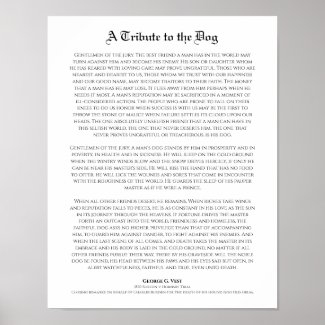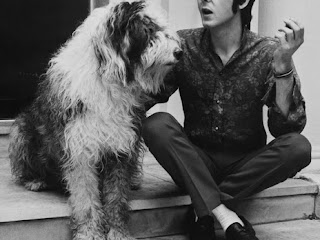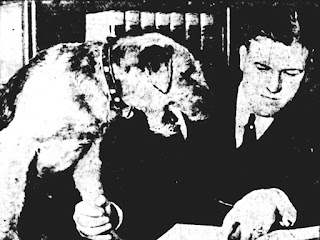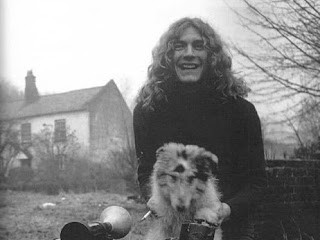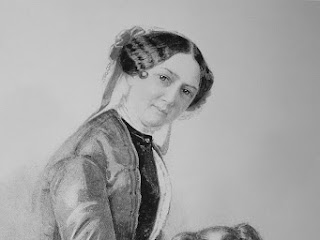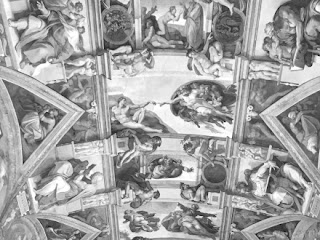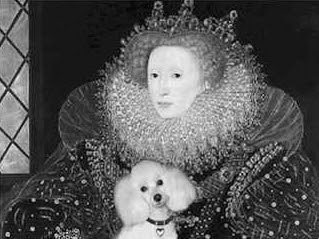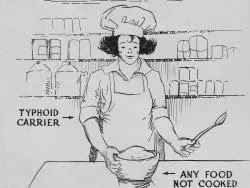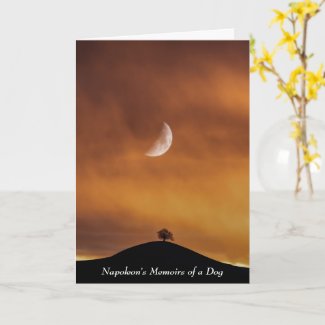Billie Holiday (born Eleanora Fagan and nicknamed Lady Day) loved dogs and had many during her life, including a poodle, a Great Dane, Chihuahuas and a wire-haired terrier, but the one who really captured her heart was a boxer named Mister.
 |
| Billie Holiday and her dog Mister |
Billie Holiday, considered one of the best jazz vocalists of all time, lived a hard life of childhood poverty, early sexual abuse, racism, difficult relationships with men, depression and addiction before dying at a young age of 44 from heart and liver problems. Despite her troubles, she did find joy in her music and with her dogs, "her only trusted friends."
Mister, Holiday's favorite dog, would accompany her to Harlem's most glamorous clubs where he would eat plates of thick steak and keep fans at a polite distance while she performed. She would knit sweaters for the pampered pooch, cook for him, cloak him in a mink coat and take him on midnight walks.
In May 1947, Holiday was arrested for possession of narcotics and was sentenced to prison in West Virginia, having to leave Mister behind. When she was released in March 1948, the two were reunited. She didn't think Mister would recognize her but, according to her autobiography, when she got off the train to greet him, "He not only recognized me, but in a flash he leaped at me, kicked my hat off, and knocked me flat on my can in the middle of that little station. Then he began lapping me and loving me like crazy." Unfortunately, a woman in the crowd thought the dog was attacking her and screamed for help, causing a crowd to gather, including reporters - messing up her plans to reenter society quietly.
I am not sure when Mister passed away.







